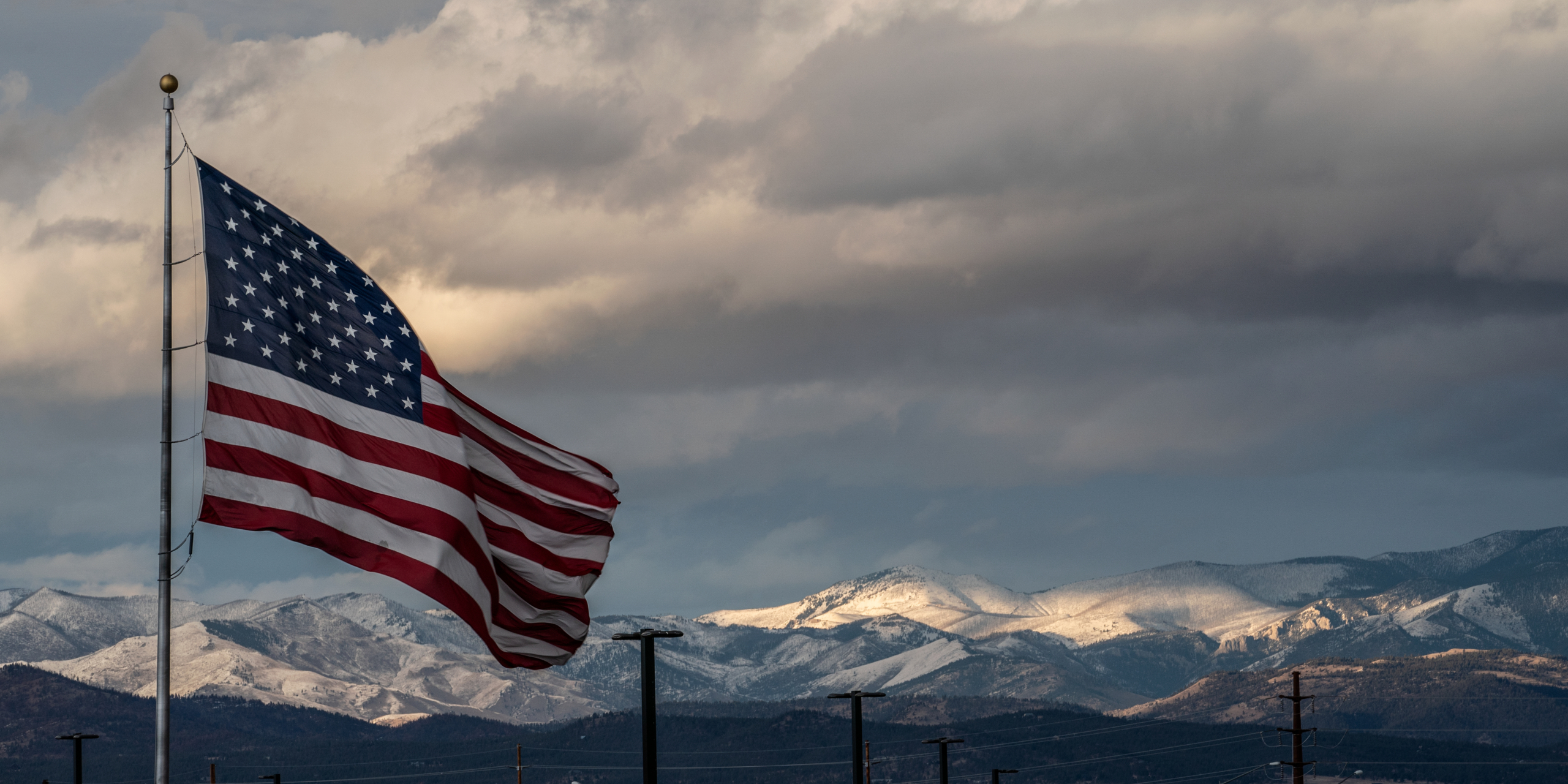
“The Rural Health Care Crisis Is Growing.” “Why Rural America is Struggling to Access Specialty Healthcare.” “America’s Rural Hospitals are on the Financial Knife Edge.” Every day, headlines like these recent examples perpetuate a false narrative about rural healthcare’s “impossible” problems. Every day, I ask myself: How can we show people just how many innovative solutions are born from this disparity?
When we started grantmaking in 2008, only 1 percent of philanthropic funding in the U.S. was devoted to healthcare in rural areas. Improving rural healthcare was seen as a lost cause. The challenges of distance, infrastructure, and low patient volume seemed insurmountable. The terrain was incompatible with delivering emergency care. Doctors simply didn’t want to work in rural areas, or so it seemed to many.
I knew, however, that solutions were possible, because I’d seen the resilience and dedication of rural Americans firsthand. Before I became a Trustee at The Leona M. and Harry B. Helmsley Charitable Trust, my career had been in public service work. I’d served as a paramedic, a firefighter, and a police officer. My colleagues and the rural communities we worked in were naturally innovative out of necessity.
At Helmsley, we had the ability to take their ideas and solutions to help reimagine what healthcare could look like. If people were foregoing care because of distance, what if they could receive care directly from their living rooms? What if we invested in telehealth?
Our $100 million investment in telehealth built the gold standard for telemedicine a decade before the pandemic shook our nation’s health system and telehealth became mainstream. With Avera (now Avel eCare), we connected rural Americans to specialty care via 500 telehealth sites across 36 states. Then we worked with the American Heart Association to support the creation of national standards for telehealth.
Our work in telehealth was a starting point for others to realize something that Helmsley has long known: Rural healthcare is a fertile environment for innovation.
One in every five 911 calls are for someone experiencing a mental health emergency, but law enforcement officers often lack the training necessary to de-escalate the situation. I witnessed this first-hand during my time as an officer. Those calls are very difficult to respond to and often result in forced temporary hospitalization or imprisonment, neither of which are long-term solutions for mental health challenges.
We decided to give officers a better option. In-person mental health crisis response teams de-escalate mental health emergencies in urban areas. Why not make provide this type of support virtually?
In 2021, we funded Virtual Crisis Care, a pilot program in South Dakota that equipped law enforcement officials with 24/7 access to behavioral health specialists via cellular service-enabled tablets. With this system, healthcare professionals de-escalated mental health emergencies 80 percent of the time. Additionally, to reduce the likelihood of another emergency, patients were connected with local mental health resources. The success of this program resulted in public adoption by the state. We went on to fund the program in Nevada, where it is now used in rural and remote areas.
Emergency cardiac care is another area where the challenge of distance in rural areas has spawned innovation. During cardiac arrest, time is the enemy. Every minute without CPR and defibrillation (shocking the heart to restore normal rhythm) reduces the chance of survival by 10 percent.
Patients who experience cardiac arrest in a hospital can receive CPR and defibrillation immediately. And if CPR is not successful, a patient can undergo ECMO (extracorporeal membrane oxygenation), a form of life support. This therapy, which requires a team of medical experts and specialized equipment, takes over the functions of the heart and lungs and buys doctors time to fix the heart. It has been coined ECPR as it replaces CPR.
But most people experience cardiac arrest at home. And in rural communities, EMS can take significantly longer to reach an emergency than in urban areas because of distance – which means more minutes before CPR can start getting blood to the brain.
Dr. Demetris Yannopoulos at the University of Minnesota approached me about his efforts to revolutionize ECMO by bringing the complex therapy beyond the walls of a singular medical center, so that critically ill patients can be placed on ECMO even before they reach the hospital.
Bringing this complex therapy closer to the patient is difficult and had been tried with mixed success. But the data from Dr. Yannopoulos’s team’s work in the Twin Cities showed incredible promise. I believed in Dr. Yannopoulos’s vision, and saw the potential benefits for rural residents, who need a way of reducing lost time during cardiac emergencies. A trial of Dr. Yannopoulos’s work resulted in the survival of 43 percent of out-of-hospital cardiac arrest patients. Without ECMO, none of them would’ve survived. It was unprecedented.
From there, we funded the creation of the world’s first ECMO truck. If rural communities need time, we needed a way to get patients on ECMO faster. This truck brought ECMO to the patient, offering a different delivery model. Dr. Yannopoulos and his team continue to innovate and strive to bring life-saving therapies to cardiac arrest victims in more rural reaches. Today, teams from top hospitals around the world are visiting Dr. Yannopoulos’s lab to learn from him about ECPR. His work is reinventing emergency cardiac care.
Rural healthcare is not a lost cause; it’s an opportunity for innovation and advancement. I challenge other funders who perhaps get discouraged by the headlines to take a look at the people in rural America who are changing those systems. Together, we can reimagine rural healthcare.